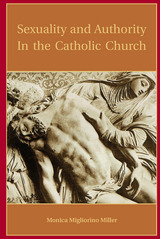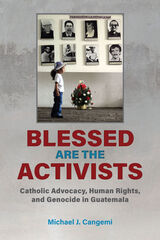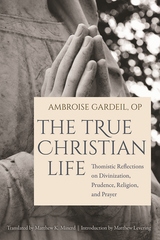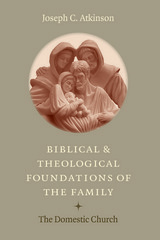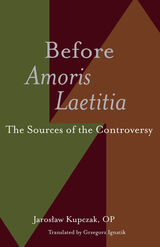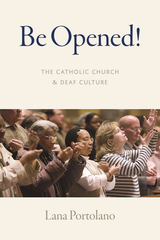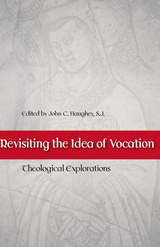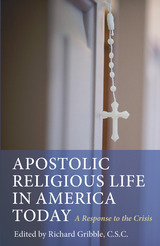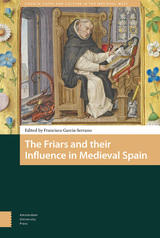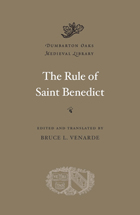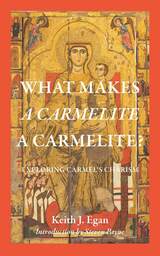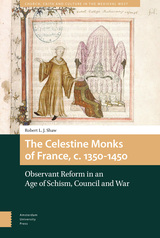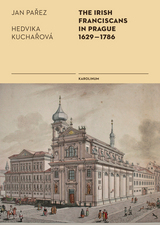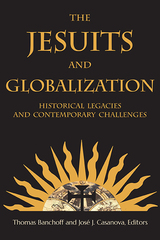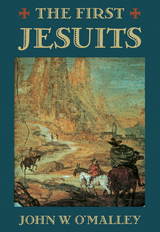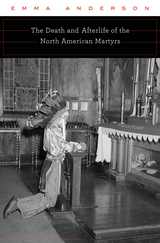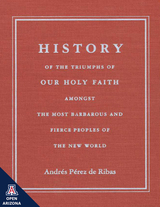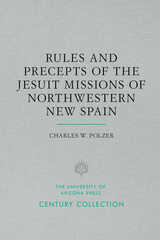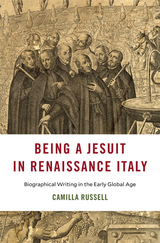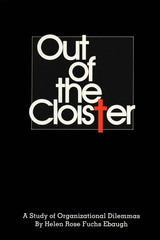Cloth: 978-0-674-58655-0
Library of Congress Classification BX2624.M6B58 1986
Dewey Decimal Classification 271.1045622
The monastery of Monte Cassino, founded by St. Benedict in the sixth century, was the cradle of Western monasticism. It became one of the vital centers of culture and learning in Europe. At the height of its influence, in the eleventh and early twelfth centuries, two of its abbots (including Desiderius) and one of its monks became popes, and it controlled a vast network of dependencies—churches, monasteries, villages, and farms—especially in central and southern Italy.
Herbert Bloch's study, the product of forty years of research, takes as its starting point the twelfth-century bronze doors of the basilica of the abbey, the most significant relic of the medieval structure. The panels of these doors are inscribed with a list of more than 180 of the abbey's possessions. Mr. Bloch has supplemented this roster with lists found in papal and imperial privileges and other documents. The heart of the book is a detailed investigation of the nearly 700 dependencies of Monte Cassino from the sixth to the twelfth century and beyond. No comparable study of this or any other great medieval institution has ever before been undertaken.
Ironically, it was the bombing of 1944, which destroyed the monastery, that led to an unexpected revelation: the discovery, on the reverse side of some panels of the doors, of magnificent engraved figures of patriarchs and apostles. These proved to be remnants of the church portal ordered from Constantinople by Desiderius in the eleventh century, which marked the beginning of the grandiose reconstruction of the abbey and its church, the latter to become a model for many other churches. In order to solve the riddle of the doors of Monte Cassino, Bloch has investigated other bronze doors of Byzantine origin in Italy and the doors of the great Italian master Oderisius of Benevento, as well as those of S. Clemente a Casauria and of the cathedral of Benevento. Also included is a study of the political and cultural impact of Byzantium on Monte Cassino and a chapter on Constantinus Africanus, Saracen turned monk, one of the most interesting figures in the history of medieval medicine.
The text is sumptuously illustrated with 193 plates; most of the more than 300 illustrations have never before been published. This three-volume work, with its nine detailed indexes, offers a wealth of information for scholars in many different fields.
See other books on: Italy | Middle Ages | Middle Ages, 600-1500 | Monasticism and religious orders | Monte Cassino
See other titles from Harvard University Press

